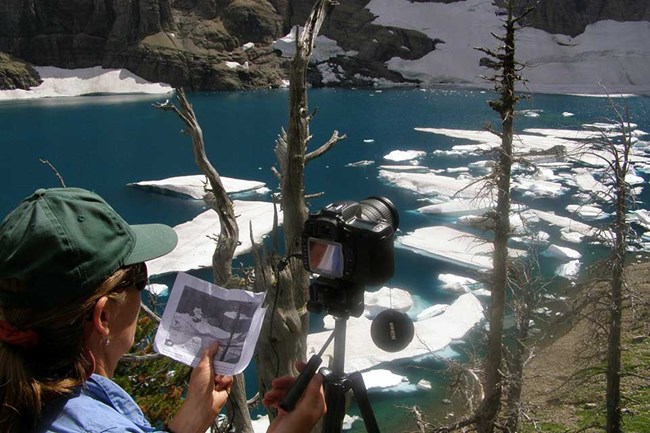
NPS Photo
The warming of the oceans has also been linked to massive coral “bleaching” events worldwide, including in ocean and coastal parks in the U.S... Coral bleaching earns its name from its most visible symptom: when ocean water becomes too warm, corals will get rid of a kind of algae that lives in their tissues, which turns the coral itself white, resulting in a bleaching effect. The alga that is lost, zooxanthellae, provides energy for many corals, while the corals provide the zooxanthellae a safe home., creating a symbiotic relationship that is extremely important to the survival of coral and the growth of coral reefs. The loss of these algae can thus be devastating to the reef ecosystem.
Rising temperatures affect not only ocean environments, but also lake environments. In the Great Lakes, warmer lake waters are leading to extended periods of lake temperature stratification, or the separation of different layers of water based on their temperatures. This process, in turn, reduces the water's suitability for native coldwater fish species and their prey.
Across the United States, global warming associated with climate change may bring with it many changes to ocean and coastal parks. Though we are still unsure exactly what these changes may be, it is likely that park ecosystems, the species that live in them, as well as the visitor experience will be affected by them in coming years.
For Further Reading
Climate Change and PinnipedsU.S. Virgin Islands Coral Bleaching
Coastal Temperatures
Taking the Ocean's Temperature
Last updated: December 7, 2017
